The Good, the Bad and Ugly of “Free Estimates”
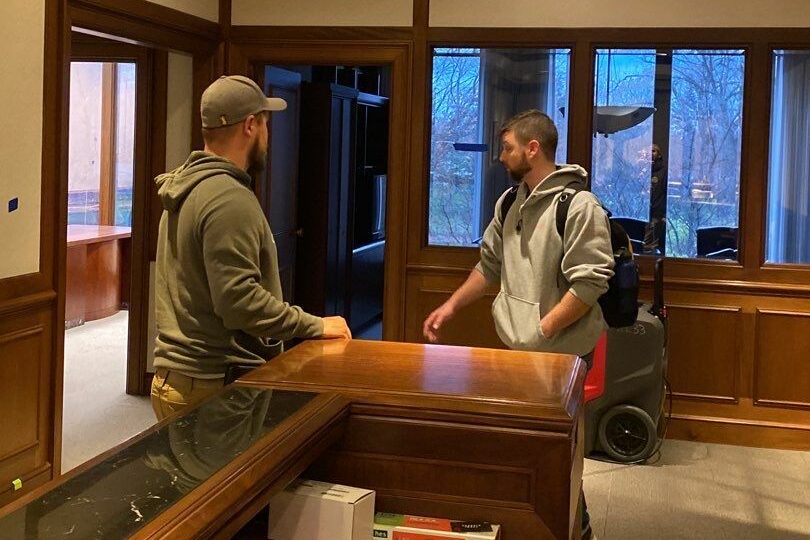
At Lindstrom Restoration, we are sometimes asked to provide free estimates for projects. After all, isn’t that what most experts recommend? Even the State of Minnesota in their Department of Labor website recommends that homeowners get multiple estimates when contemplating projects. The idea is that competition drives down prices and improves quality while keeping contractors honest. In concept, it makes complete sense, and, in many situations, it is the right thing to do. Yet, when you have had a significant water loss or fire, you may wish to reconsider the “conventional wisdom” of getting multiple estimates, especially those “free” ones that might be tempting.
At Lindstrom, we are glad to visit a site and do a free inspection of the damage, but we don’t provide free estimates. If appropriate, our experienced estimators will give people a ballpark range of what they are looking at but will tell homeowners that we can never be sure of an exact amount until we measure, document, and research material and labor costs. While we don’t do free estimates, we believe it’s a great idea for homeowners to interview and vet the contractors they are considering. No one should make a decision as important as this without doing their due diligence. All kinds of factors should be considered when choosing a contractor. That’s a whole other blog in itself!
Let’s start with the premise that everyone knows. The lowest bid may not necessarily be the best bid. All homeowners we’ve worked with, at minimum, want their homes returned to what they used to be. Naturally, they love that they get; new, albeit like quality to what they had before. They want quality workmanship, and in the case of a fire, the assurance that there will be no lingering smoke smell. In water damage situations people want no remaining mold caused by the loss. Lindstrom offers some of the best workmanship and “no-smell” warranties in the industry.
When major damage occurs to someone’s house, it’s not like putting a new bumper and hood on a car. You’re restoring someone’s home and dreams. That requires a customized proposal unique to individual families. Often people take the awful lemon of a major loss to create lemonade. Some make major changes that involve upgrades and remodeling. These are things couples often discuss previously, but never get around to doing. Some conclude that if they are going to be disrupted and out of the home for a long time, why not do the remodeling they always hoped to do. Of course, any improvements come out of the homeowner’s pocket. But the point is, a lot of consultation must take place first before any detailed estimate can be done. Free estimates generally are more ballpark “guesstimates” of the costs involved.
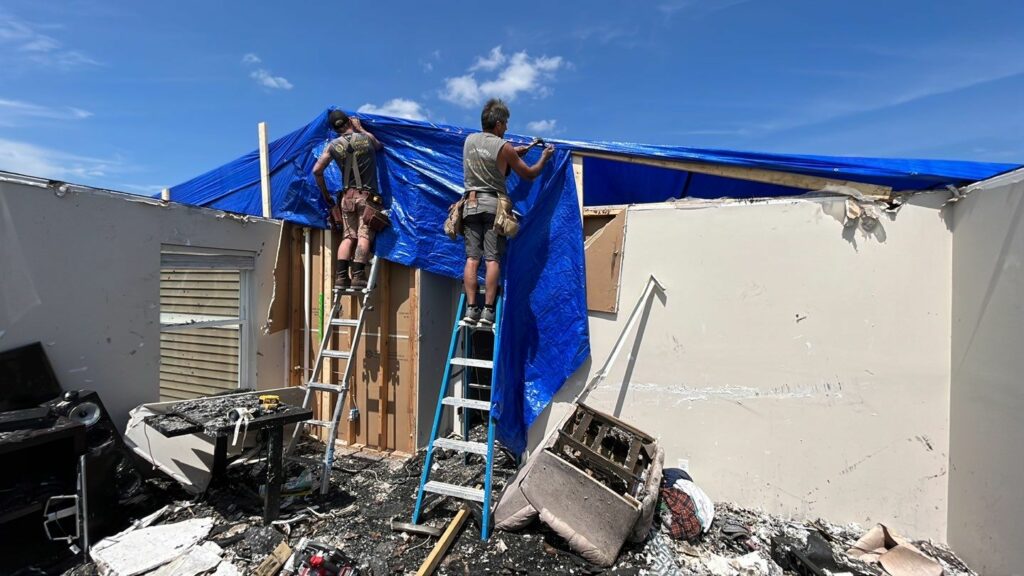
The idea behind detailed, customized estimates is to ensure that customers at minimum, get the kind of quality they’re entitled to according to the coverage they have to rebuild their treasured home. Historically, most insurance companies have been in the customer’s corner and in our experience have been very fair and understanding regarding claim settlements. For years professional contractors have found insurance companies to be great working partners. We’ve enjoyed collaborating with seasoned adjusters to do right for the homeowner while properly honoring individual insurance contracts. Unfortunately, we are seeing some developments in the last couple of years which we think are troubling.
Most insurers are not making money in Minnesota currently. Recent large hail losses are the culprit. In fact, Minnesota led the nation in hail losses by cost in 2022. At this writing, several large insurance firms have moratoriums on writing new business in the state. Premiums have soared and there is plenty of pressure internally on carriers to manage claim adjusting costs and insurance claim payouts. Some companies are very fair in honoring the language of the insurance contract and allow contractors to do things right when they mitigate losses and make necessary repairs and reconstruction. You may be surprised that others are not.
This leads insurers to encourage homeowners to take the low bid. It also results in needless bickering over how to do the job professionally within the scope of coverage. We suspect it is a way to reduce what some consider high contractor profit margins. Sadly, some contractors who win the low bid process cut corners while doing the work. Quality may suffer. Another technique is to add multiple supplements (add-ons) to do the job properly so homeowners get what they deserve according to the coverage they have. Eventually, that low bid may equal or surpass the bids provided by other contractors. This add-on process leads to disputes, delays, and unhappy customers.
In other situations, third-party administrators (TPA’s), who are hired to manage the claims process remotely (without ever going on-site!) question many things the contractor is doing. Sometimes this is justified, but in many cases, their demands and stipulations are unreasonable and not what construction professionals would advise to do the job professionally. In these instances, the customer is not well served.
Sometimes the parties disagree on major issues and reach an impasse. Increasingly these disagreements end up in formal dispute resolution. A few end up in court. We live in a very contentious period presently. There is a reason why insurance appraisals are at an all-time high. The insurance appraisal is an alternative dispute resolution process for situations where the property owner and the insurance company can’t agree on claim settlements. The process is allowed by Minnesota State Law and is available to property owners and insurance carriers to avoid prolonged disputes and litigation. The property owner and insurance company each agree upfront to resolve their differences through this process. The homeowner and insurer hire their own appraisers and these industry experts argue their case in front of an umpire who makes the final determination of what is fair.
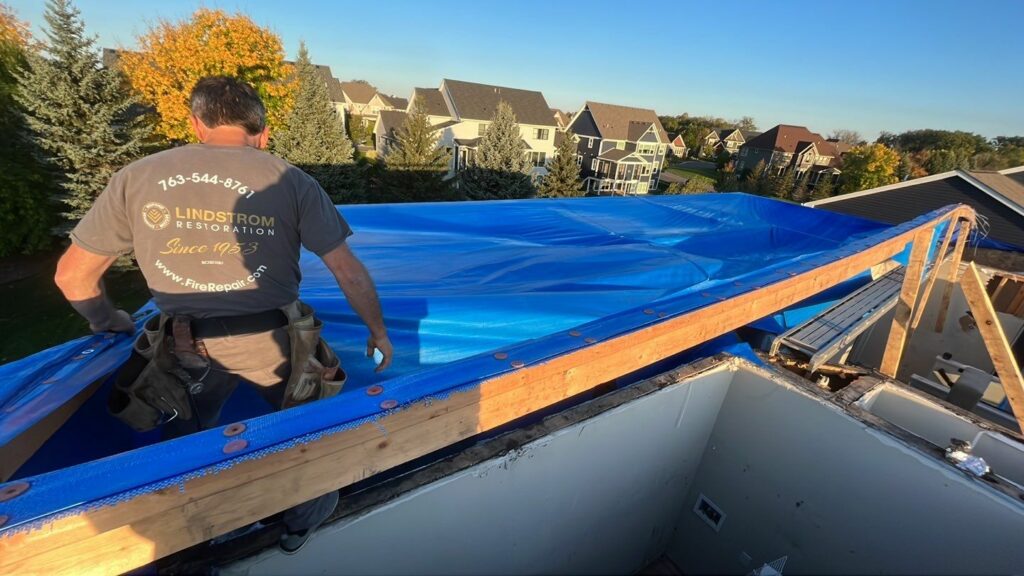
Lindstrom Restoration thinks there is a better way. Veteran adjusters, insurance agents as well as contractors will tell you the claims process worked a lot better in the past and made for happier homeowners. Isn’t it better to initially amicably agree on the insurance scope of work, do the job right, and have a happy customer? Insurance agents love claims that go well. They almost always retain the policyholder, who becomes a great referral source since they were treated right. It’s a win/win for all involved.
Unfortunately, this paradigm started changing in 1998 when Minnesota suffered two massive hail losses on May 15th and 30th. Since then, Mother Nature has not been kind to the state, pounding it for many years with large hail losses. Something had to give. And that’s why things have gone sour in recent years. The pandemic and resulting supply chain crisis made things even worse.
Do we have any answers at Lindstrom for industry and weather problems? Unfortunately, we don’t but we do feel that homeowners shouldn’t pay the price when they file legitimate claims for damage that requires mitigation, and reconstruction. They deserve custom proposals for their unique damage situations, not because contractors want higher profit margins, but to do the job right under the policy provisions. We’ve proven time and again that we can do this properly and fairly using insurance loss estimating programs that both contractors and insurers utilize.
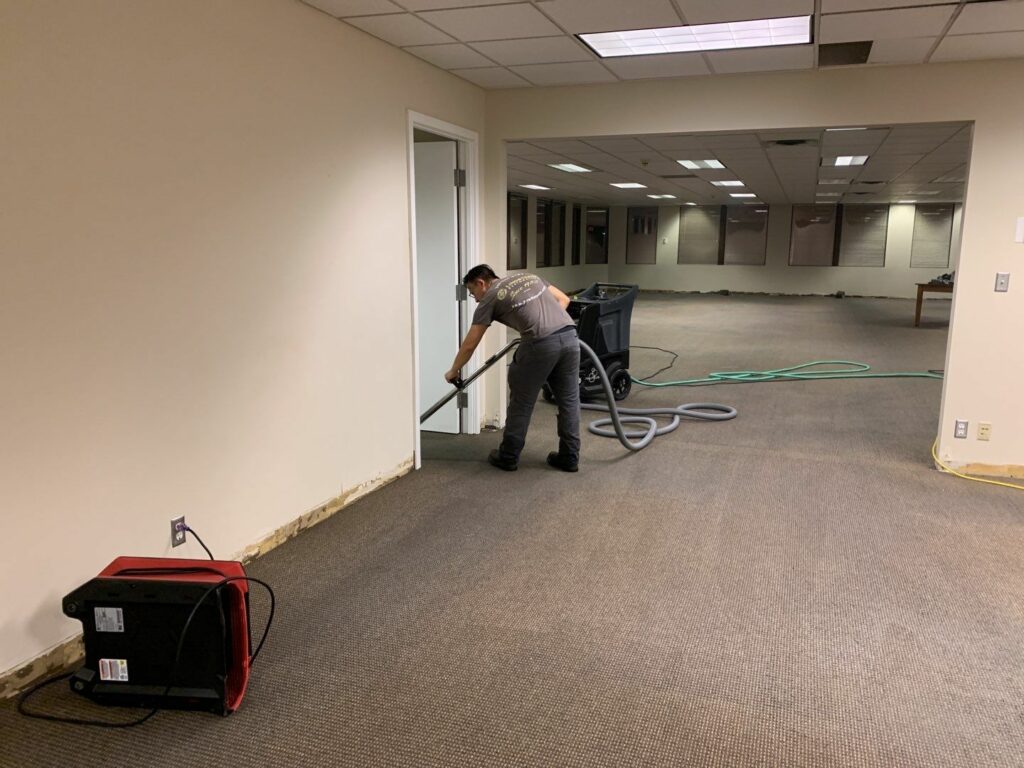
Here are some reasons why “free estimates” when doing large loss water and fire restoration projects may be problematic:
- Quality and Accuracy
“Free” construction estimates often come with limited details. Contractors may provide a ballpark figure without thoroughly assessing the project’s specifics. This lack of detail can lead to inaccurate estimates, and potentially a lot of “add-ons” (supplements) which often lead to disputes when insurance adjusters try and hold contractors to the original scope of work and price. If supplements are not approved this leads to customer dissatisfaction. If contractors find that they cannot do the project as profitably as they thought, that leads to cutting corners and sloppy work. The result can be a very unhappy customer who is not well served. A well-researched and detailed estimate that’s agreed on by all, reduces the risk of unpleasant surprises and accounts for things like design options, material choices, and potential challenges. It also allows customers to maximize their vision and budget constraints if they opt for out-of-pocket improvements.
There are advantages to working with contractors who primarily do insurance work. As mentioned earlier, these operators use the same estimating programs as insurance adjusters. The pricing is not something calculated by the contractor or the insurance company. Most use a system called Xactimate which calculates the cost of materials and labor. Xactimate is owned/sold by the Insurance Services Office (ISO) an independently run organization that serves the industry. These costs are regularly monitored and adjusted for market environment conditions, like the supply chain issues we had during the pandemic and recent inflation. There may be some disagreement on how to do the job right, but under ideal circumstances, the adjuster and contractor work together to mediate differences in costs and labor.
- Low-Balling to Secure the Job
Some contractors may offer free estimates with the intention of lowballing their initial figures to secure the project. They may understate costs to appear more appealing to potential clients. However, once the project is underway, unforeseen expenses often surface, causing disputes and delays. Experienced claim adjusters understand upfront that the contractor can’t possibly do the job right with unrealistically low estimates and inevitably will cut corners later or drag out the process with add-ons later. Detailed, professional estimates can help ensure that contractors provide realistic cost assessments from the start.
- Lack of Professionalism
Water and fire restoration is a very specialized business. Experience, knowledge, and skills honed by industry training are very important. Professionals in this business are licensed and have certain industry designations that verify their competence. Contractors who provide free estimates may not have the skills and knowledge necessary to do the job right. A well-documented estimate includes a breakdown of materials, labor, timelines, and potential risks. A hastily prepared free estimate may omit these critical details, making life miserable for all concerned later.
4. Accountability and Legal Protection Professional detailed estimates often come with contracts that clearly outline responsibilities, timelines, warranties, and dispute resolution processes. In contrast, relying on a free estimate may leave clients vulnerable to contractors who do not fulfill their obligations or fail to meet quality standards. Without a well-defined contract, clients may face difficulties in seeking legal remedies for disputes.
5. Smooth Relationships Between Adjusters and Contractors Save Time and Disputes
The “free estimate” folks often don’t have the best trust relationships with insurance adjusters. For all the reasons listed above, projects tend to drag on while disputes are being settled. Contractors who have a good reputation and work reasonably, fairly, and professionally with adjusters tend to make the whole process smoother and better, resulting in less time to do the project. This creates a happier customer.
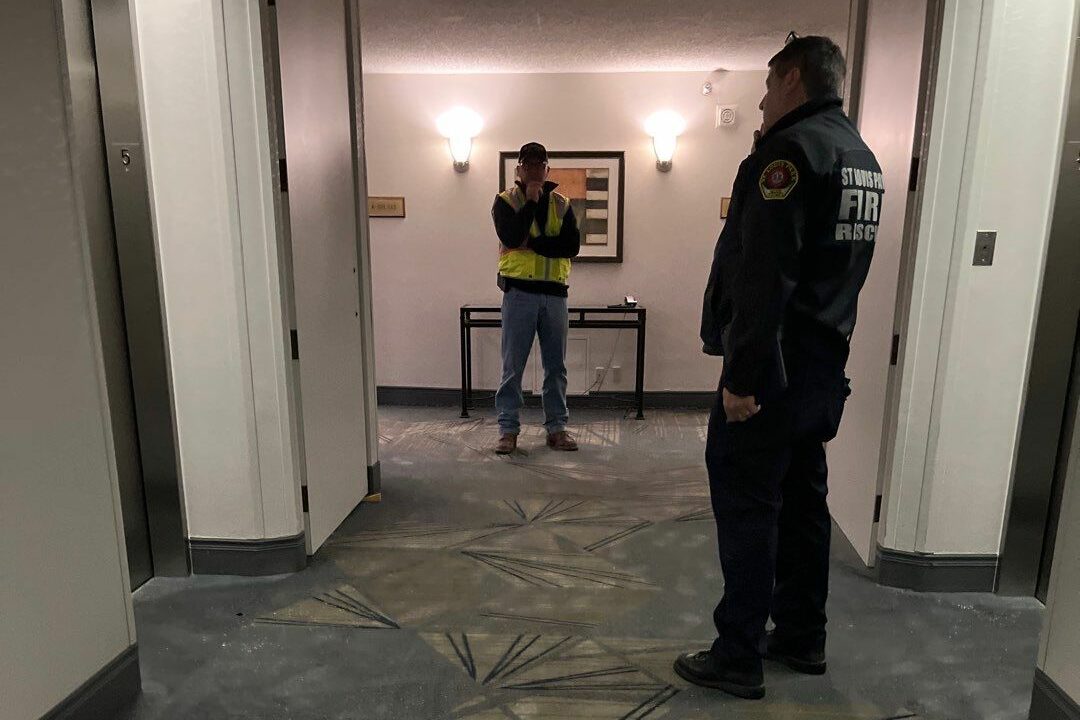
While “free” construction estimates may appear attractive on the surface, they often lack the depth, accuracy, and professionalism required for successful mitigation and construction projects. Relying solely on free estimates can lead to unexpected costs, disputes, and headaches down the road. Investing in a professional detailed estimate can provide a more accurate, thorough, and reliable foundation for your construction project, ultimately saving you time, money, and stress in the long term.
To summarize, at Lindstrom Restoration, the first thing we do is get to know our customers really well, ascertain their goals, and address their goals specifically. Together we set realistic expectations. The purpose is to build an open trust relationship. We then spend considerable time in the inspection process measuring and scoping out a project. We then invest considerable time researching costs based on the customer’s vision, needs, and wants, as well as what the policyholder’s insurance coverage will allow. We build a customized estimate based on customer specifications.
In the end, we find that the customer pays no more than what they would have paid had they gone for the cheaper free estimate and then gone through the hassles of add-ons, supplements, and approvals. They usually get the work done quicker and better without the headaches of having to put up with the headaches of dispute resolution.